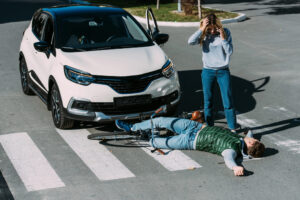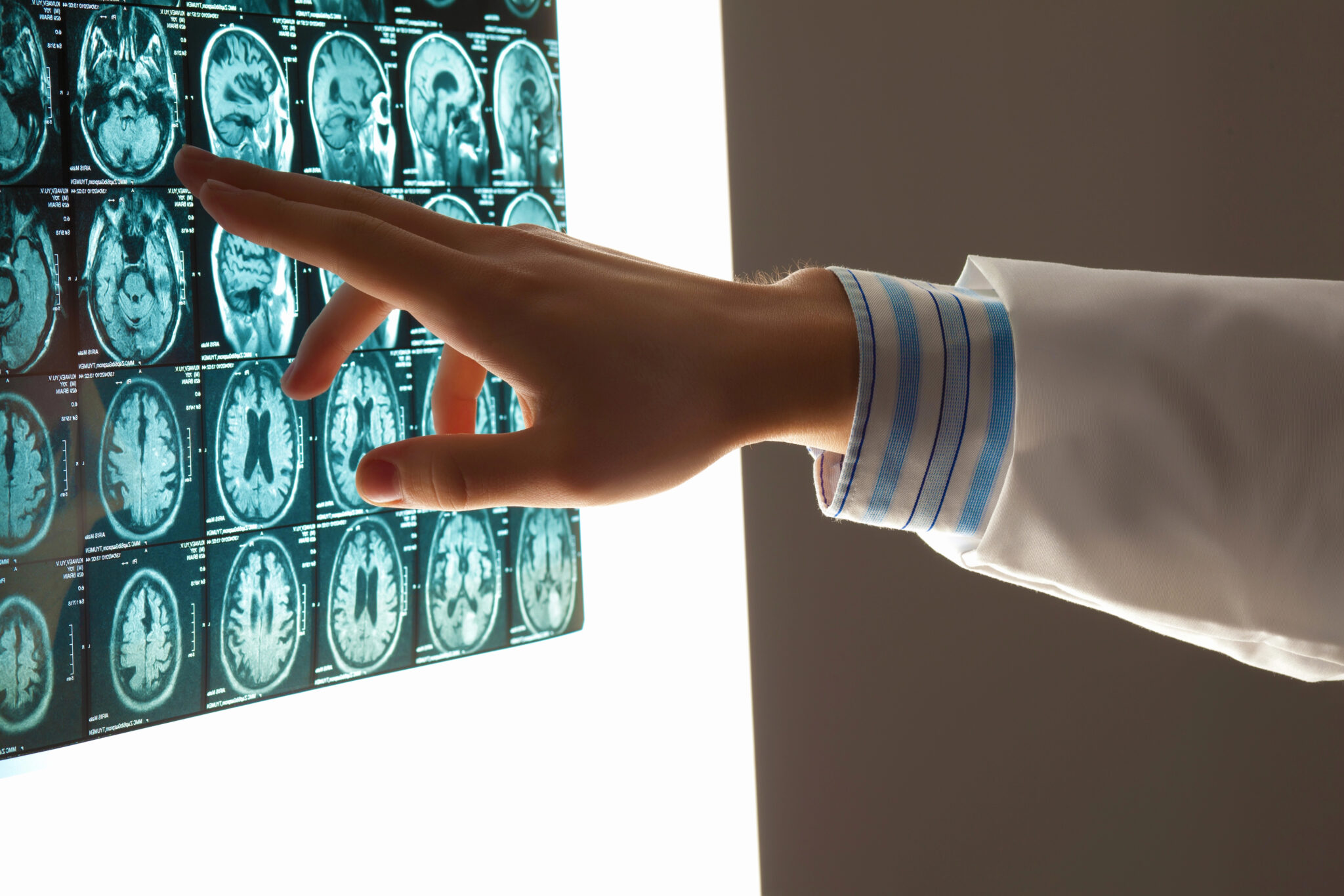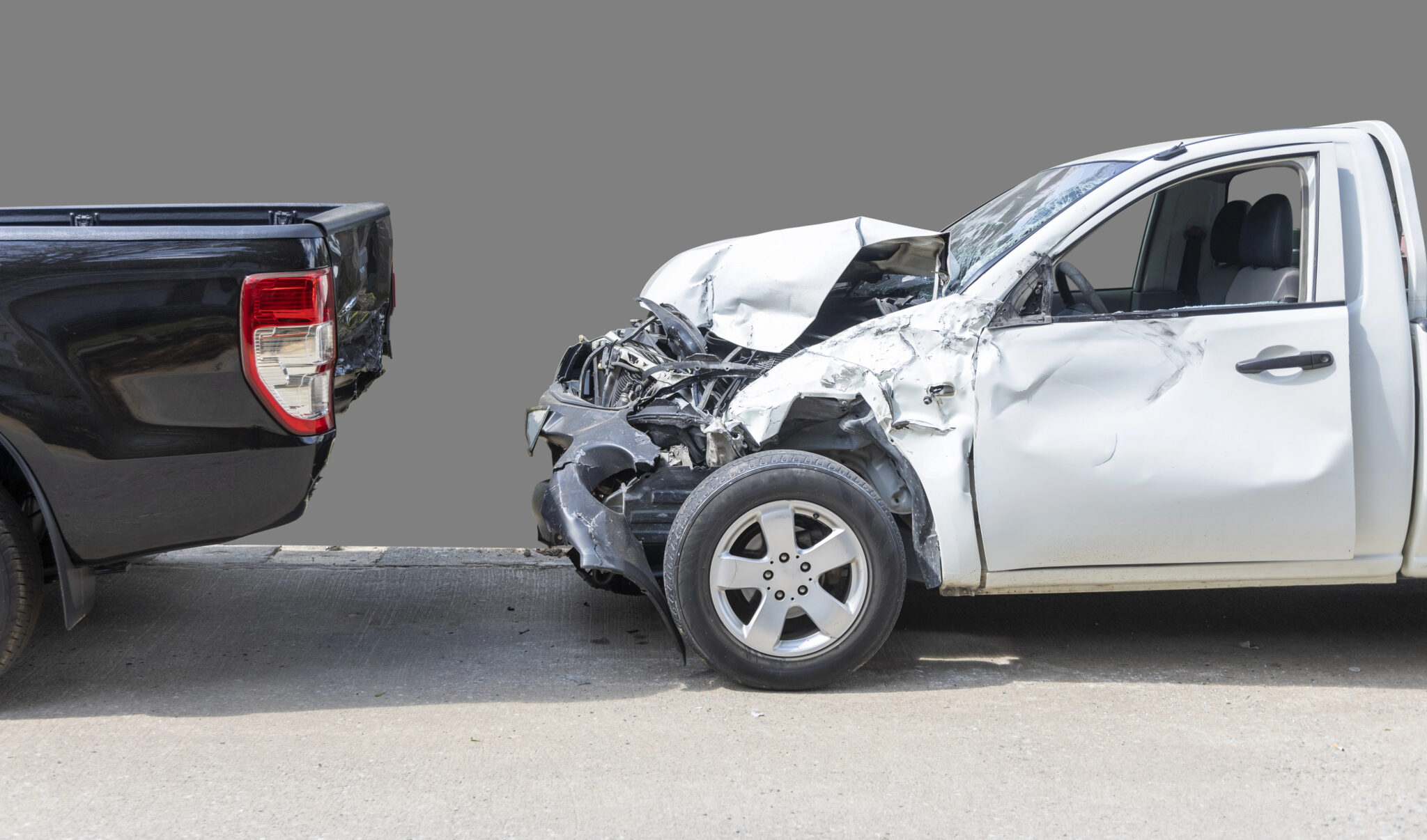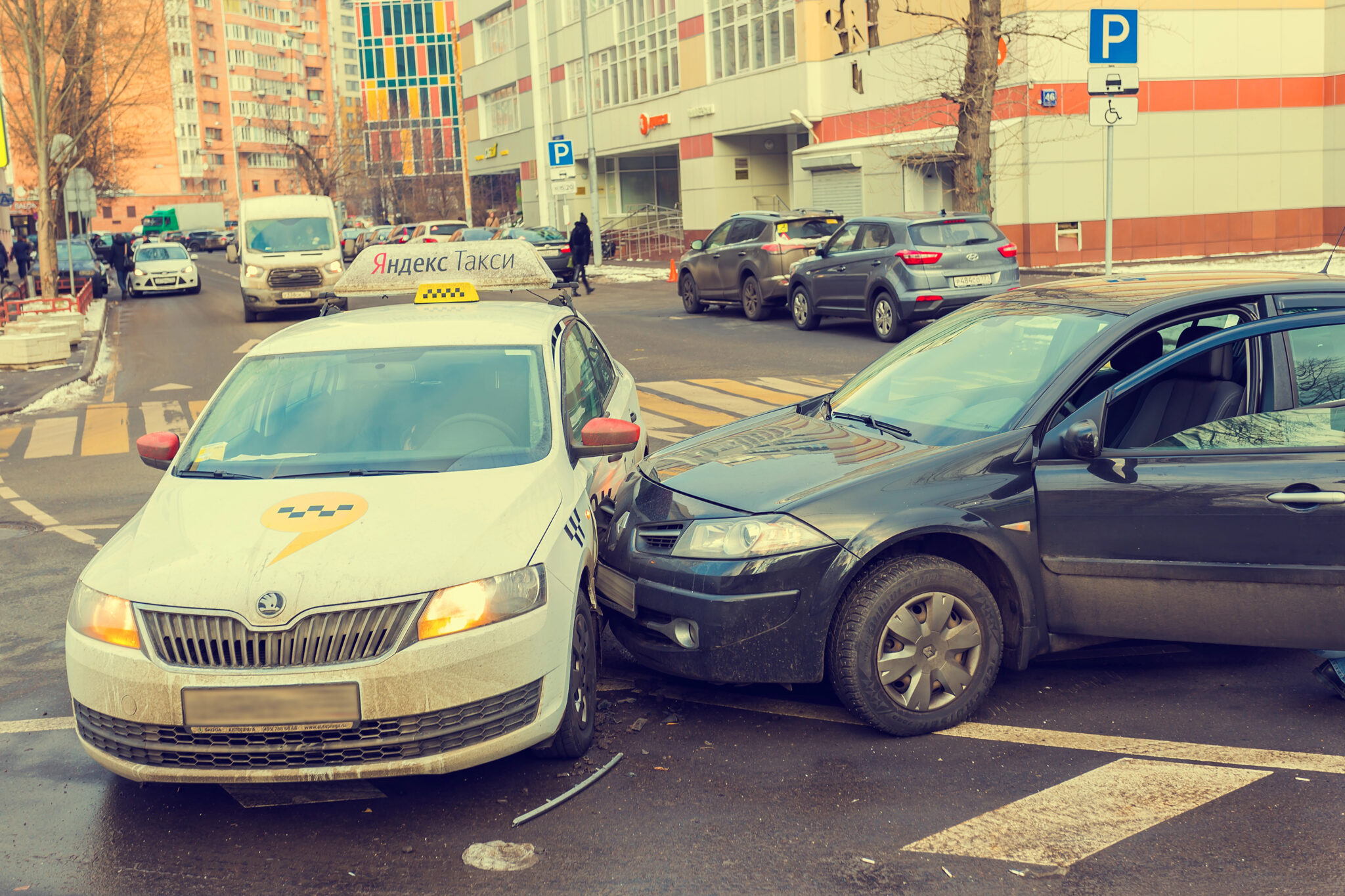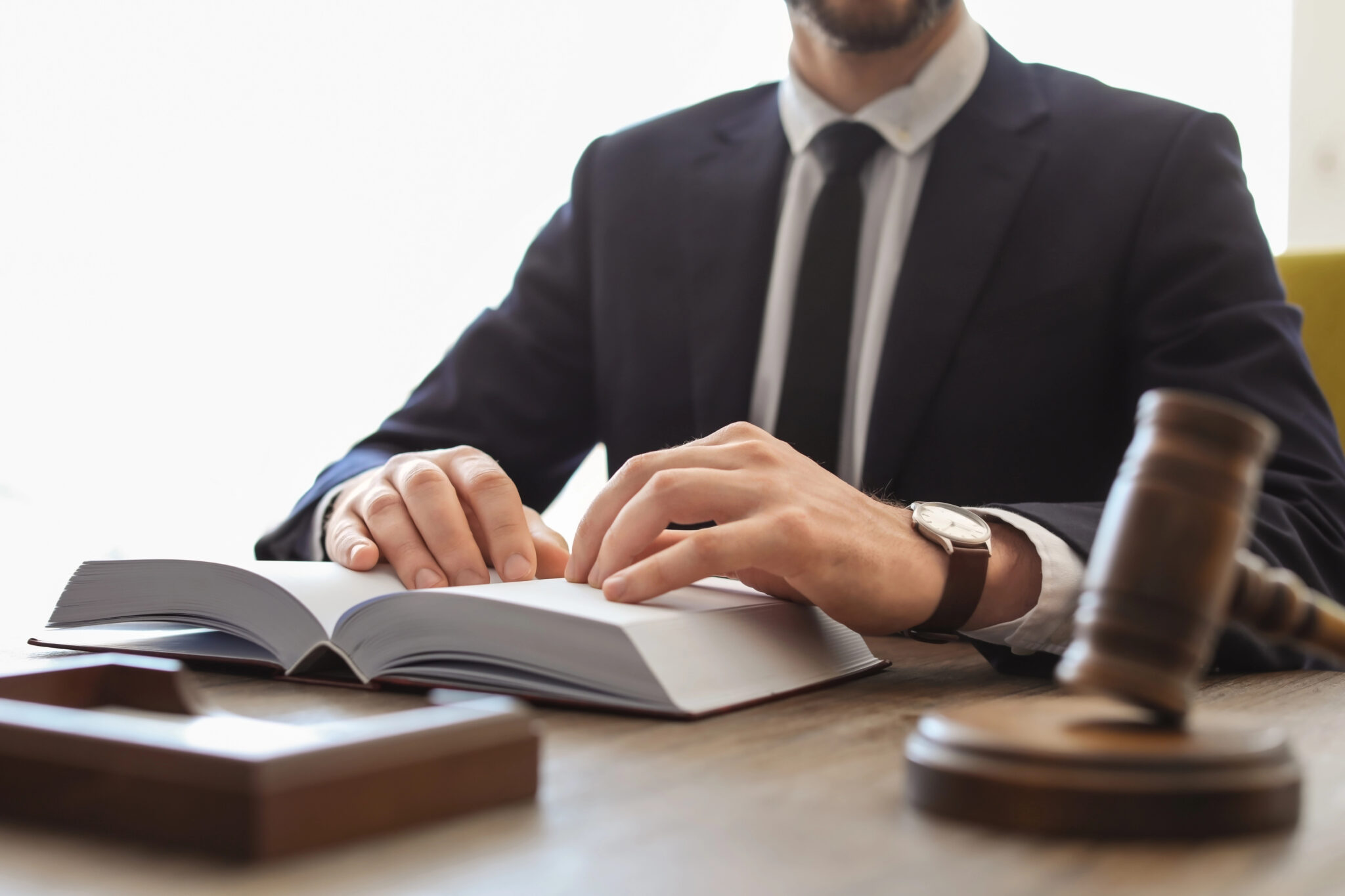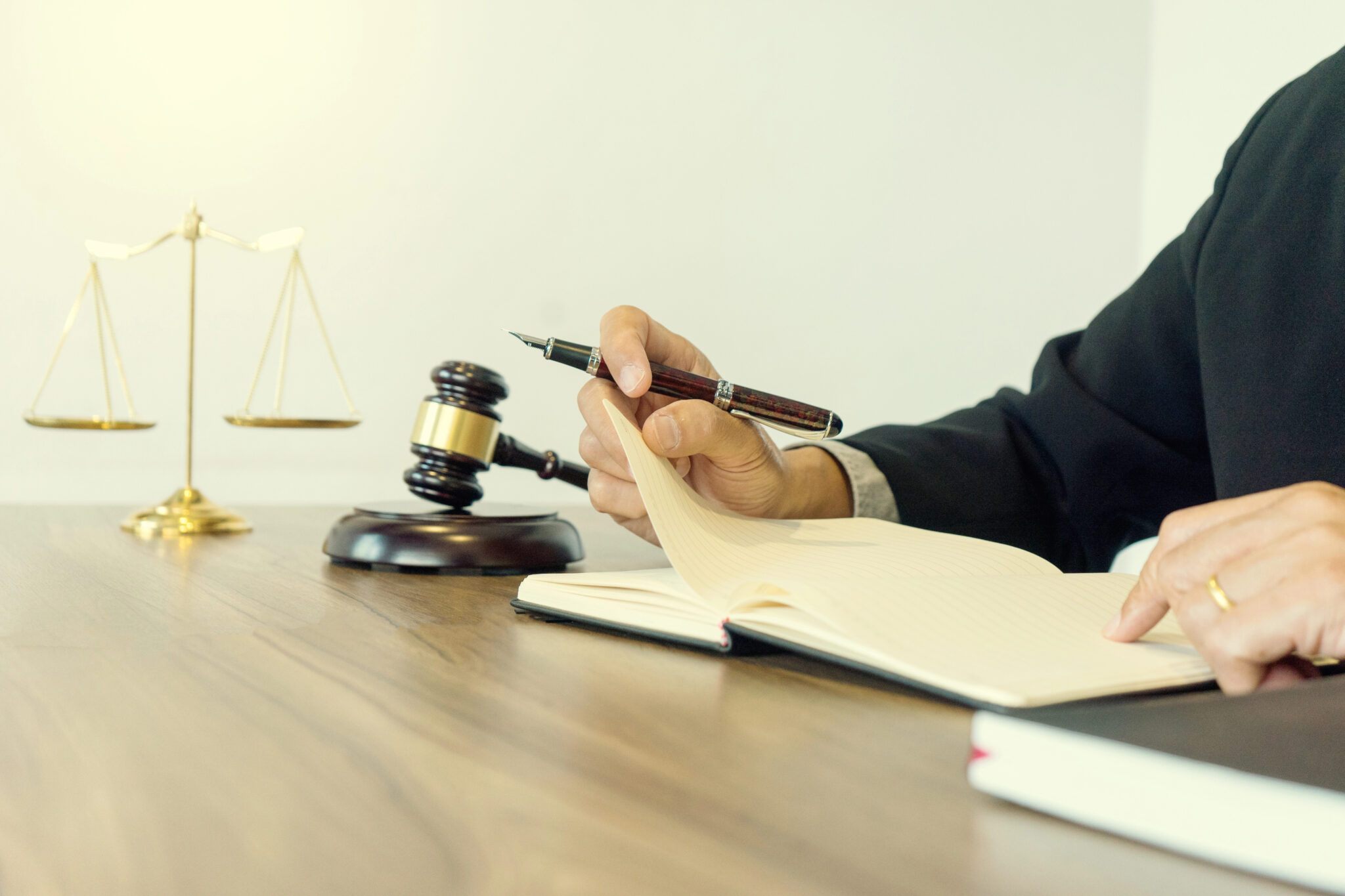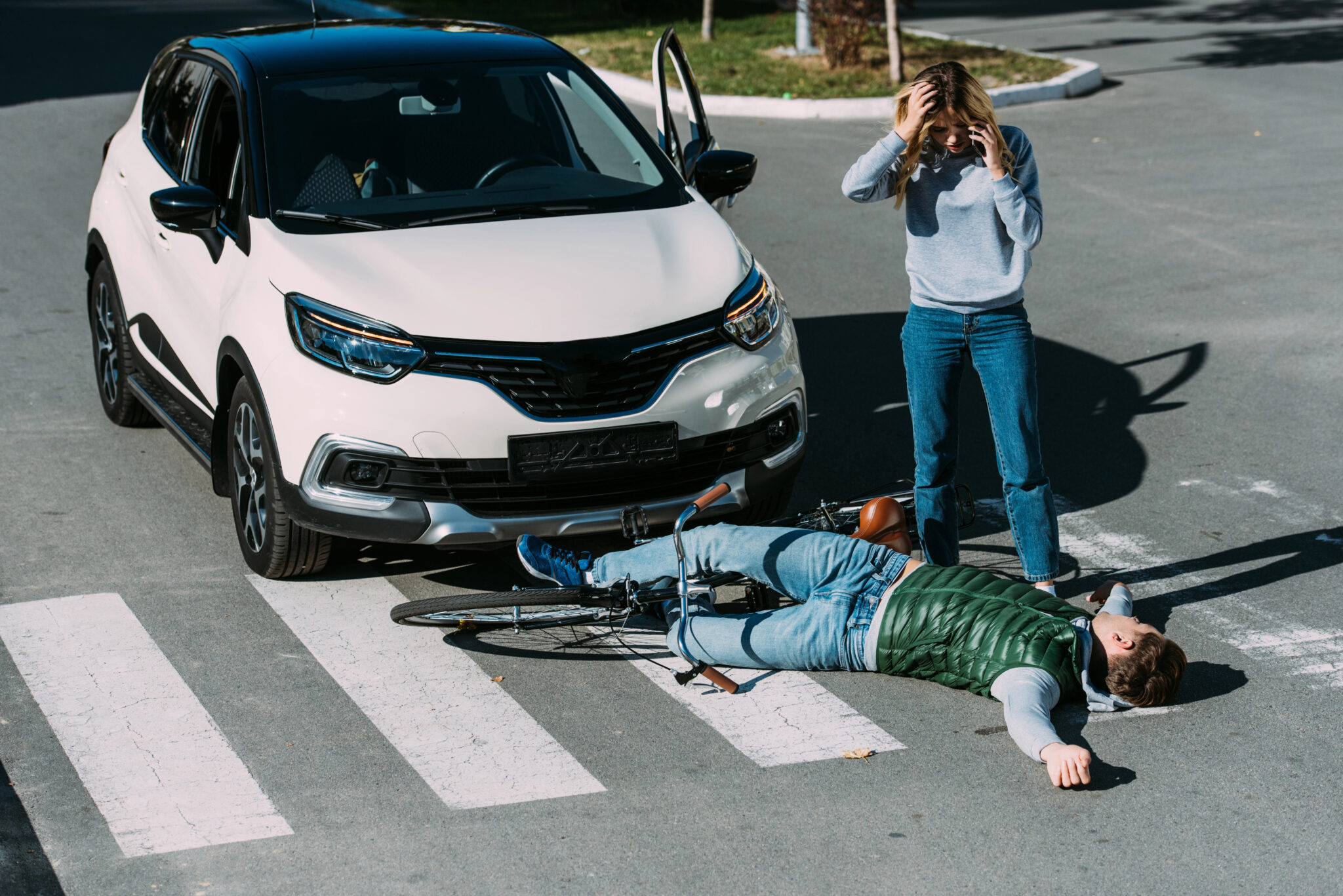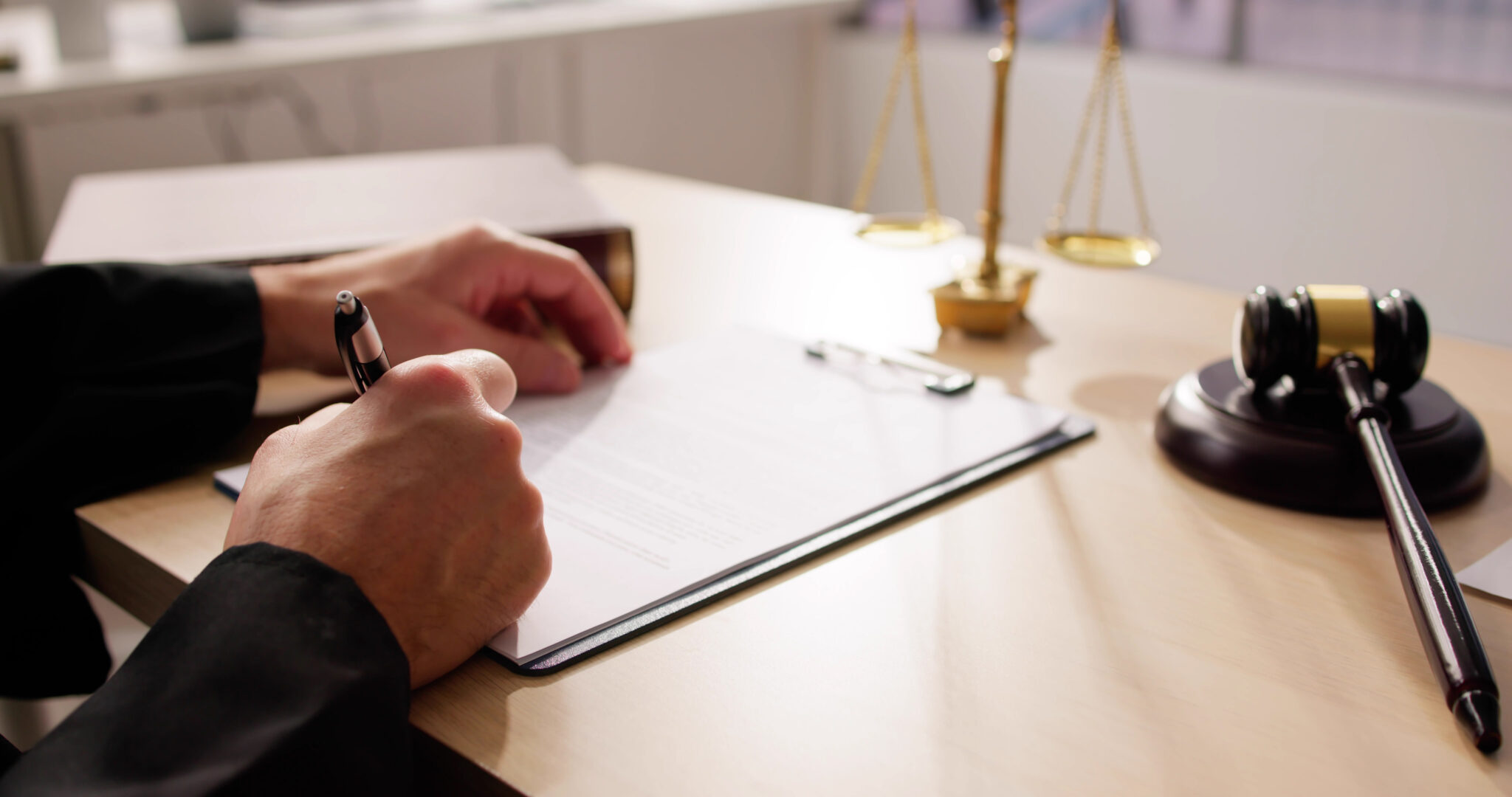
A dog bite can be a frightening and painful experience, leading to severe physical and emotional consequences. Knowing the right actions to take after being bitten by a dog can not only ensure your health and safety but also help you protect your legal rights. If a dog bites you or a loved one, it’s essential to respond promptly and carefully. Here’s a step-by-step guide on what you should do immediately after a dog bite.
1. Seek Immediate Medical Attention
Your health and well-being should be your first concern after a dog bite. Even if the injury appears minor, it is essential to seek medical attention promptly. Dog bites can cause more damage than they initially appear and often lead to infections, diseases such as rabies, and other health complications.
Immediately after the bite, you should wash the wound thoroughly with soap and water to reduce the risk of infection.
Apply pressure to stop any bleeding, and cover the wound with a clean bandage.
Even if the bite seems small or superficial, it’s crucial to seek professional medical care. A doctor will evaluate the wound to determine if additional treatments, such as stitches or tetanus shots, are needed. Depending on the severity of the bite, your doctor may also administer a rabies vaccination or prescribe antibiotics to prevent infection. Rabies, though rare in dogs that are vaccinated, can be fatal if left untreated.
2. Gather Information About the Dog and Its Owner
Once your immediate medical needs are addressed, it’s time to gather essential information about the dog and its owner. This is crucial not only for your medical treatment but also if you decide to pursue legal action.
Try to get as many details as possible about the dog, including the breed, size, color, and any distinctive features. If the dog has tags, note the registration number. Most importantly, get the contact details of the dog’s owner, including their full name, address, and phone number.
In cases where the dog is a stray or you cannot identify its owner, it is essential to contact local authorities, such as animal control, immediately. The authorities can help locate the dog and ensure it is checked for diseases like rabies.
3. Report the Incident to Local Authorities
Even if the dog’s owner is known, it is essential to report the incident to local authorities, such as animal control or law enforcement. Reporting the bite not only helps protect others from potential future attacks but also provides a record of the incident.
If the dog is unvaccinated, authorities may need to quarantine it for observation to check for rabies or other diseases. Many states require dog bites to be reported to health authorities as a preventive measure to avoid outbreaks of dangerous diseases.
By reporting the incident, you create an official record that may be needed later for insurance claims, legal action, or compensation.
4. Take Photos of the Wounds and Incident Scene
One of the most essential steps in protecting your rights is documenting the injury. Immediately after the bite, take clear, detailed photographs of the wound from multiple angles. This documentation can be crucial if you decide to pursue compensation or legal action in the future.
In addition to the photos of the injury, consider taking pictures of the scene where the bite occurred, especially if it happened on someone else’s property or in a public area. For example, if the dog bite occurred at a park, capture images of any relevant signs, nearby structures, or conditions that may have contributed to the incident.
These photographs can serve as robust evidence in both insurance claims and any future legal actions.
5. Contact the Dog Owner’s Insurance Company
If the dog bite occurred on private property, such as the owner’s home, their homeowner’s insurance may cover the medical costs, lost wages, and other expenses. It’s essential to contact the dog’s owner’s insurance company to report the incident and initiate the claims process.
Even if the dog’s owner is unknown, your health insurance may help cover some of the medical expenses associated with the bite. In cases where the dog is a stray or the owner’s information is untraceable, you may need to rely on your health insurance or take legal action to recover costs.
6. Follow Up With Medical Care
Once the initial treatment has been administered, it’s essential to stay on top of your medical care to ensure that the wound heals properly and without complications.
In some cases, a dog bite can become infected days or even weeks after the initial incident. If you notice any signs of infection, such as increased redness, swelling, pus, or fever, please contact your doctor immediately. These could be signs of a bacterial infection, which may require additional medical treatment.
Additionally, if you received a rabies vaccine or other treatments, make sure to follow your healthcare provider’s instructions for completing the course of care.
7. Consider Your Legal Options
If the dog bite was caused by an attack from a dog known to be dangerous or the dog’s owner was negligent, you may have the right to seek compensation for your injuries through legal action.
Many states have specific laws regarding dog bites, and in some cases, the dog owner can be held strictly liable for injuries caused by their pet, even if the dog had no prior history of aggression. This is known as strict liability. Other states may apply a “one-bite rule,” which holds the owner responsible if the dog has previously bitten someone or shown aggressive behavior.
Consulting with a personal injury attorney who has experience with dog bite cases can help you navigate the legal process. They can help you understand whether you have grounds for a lawsuit, gather evidence, communicate with insurance companies, and, if necessary, take your case to court.
8. Be Aware of Potential Complications
Although dog bites may seem like a minor injury, they can lead to serious complications if not adequately treated. Some potential complications include:
- Infections: Bacteria from a dog’s mouth can enter the wound and cause infections. Common diseases include cellulitis, which may necessitate antibiotic treatment.
- Rabies: Although rare, rabies is a serious concern, especially if the dog has not been vaccinated.
- Nerve Damage: If the bite penetrates deeper layers of skin, it can cause nerve damage, resulting in long-term pain or loss of sensation.
- Scarring: Deep dog bites can leave permanent scars, which may require surgical procedures to treat or reduce visibility.
If you experience any unusual symptoms, such as increased pain, fever, or difficulty moving the affected area, it is essential to seek medical care promptly.
9. Protect Your Emotional Health
The trauma from a dog bite doesn’t just affect your body; it can have lasting emotional effects as well. Many victims of dog bites experience anxiety, fear, or even post-traumatic stress, especially if the dog was unfamiliar or if the attack was unprovoked.
It’s essential to recognize the emotional toll of the injury and take steps to protect your mental health. Talking to a therapist, counsellor, or support group can be beneficial in processing the emotional aftermath. You don’t have to navigate these feelings alone. Professional support can help you heal both emotionally and physically.
10. Understand Dog Bite Laws in Your State
Each state has its own set of laws concerning dog bites. Some states, such as California, have strict liability laws, which mean that a dog owner is automatically responsible for any injuries caused by their dog, regardless of the dog’s past behaviour. In other states, the owner may only be held liable if they were negligent or if the dog had a known history of aggression.
It is essential to familiarize yourself with your state’s dog bite laws to understand your legal rights better. If you’re unsure about the laws in your state or how they apply to your situation, an attorney can help clarify your options.
We are here to help you navigate the legal process and get the compensation you deserve for your injuries.
Dog bites are a serious matter that can cause both physical and emotional pain. By following these steps —seeking medical attention, gathering information, documenting the scene, and understanding your legal rights —you can protect your health and ensure that you have the necessary evidence if you decide to pursue a claim.
At Kohan & Bablove Injury Attorneys, we understand how challenging the aftermath of a dog bite can be. If a dog bite has injured you or a loved one, contact us today to schedule a consultation.



